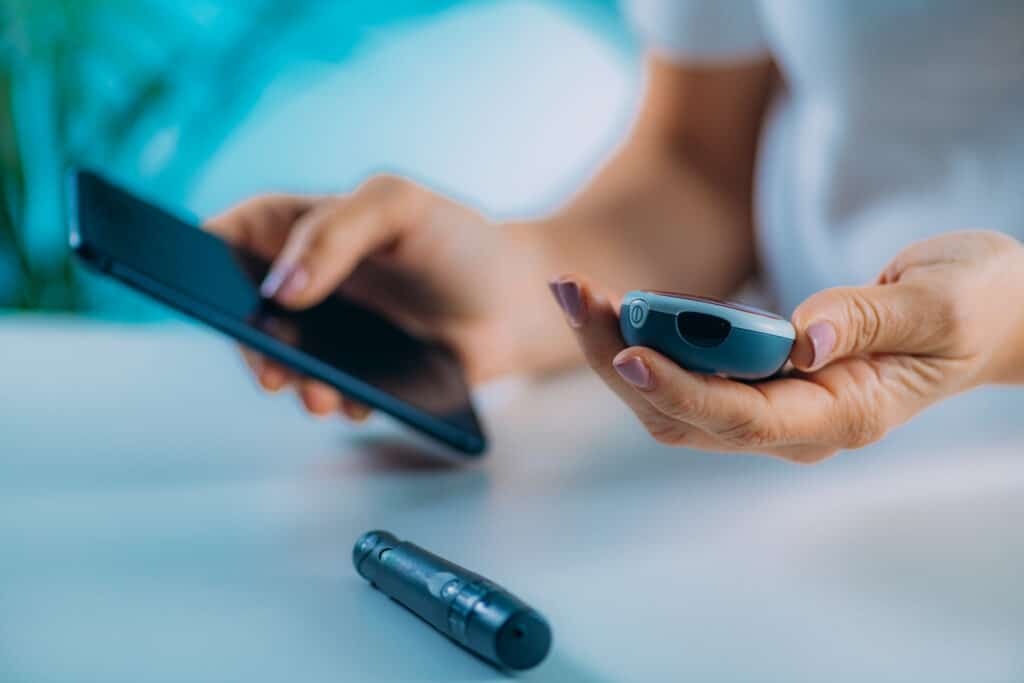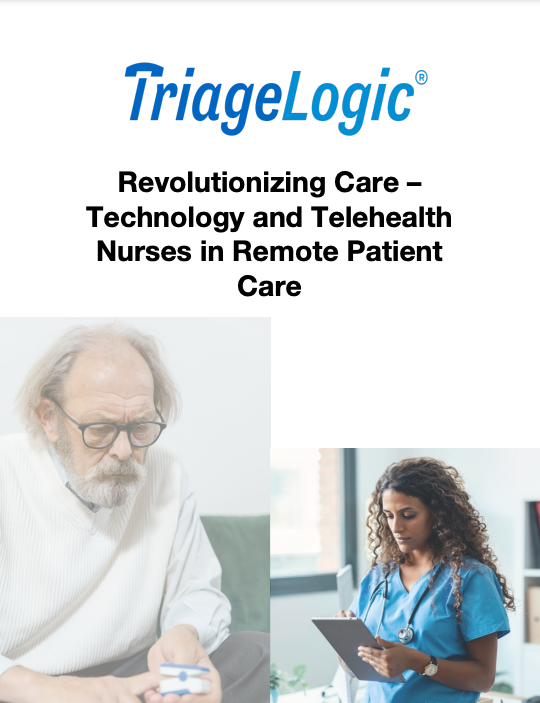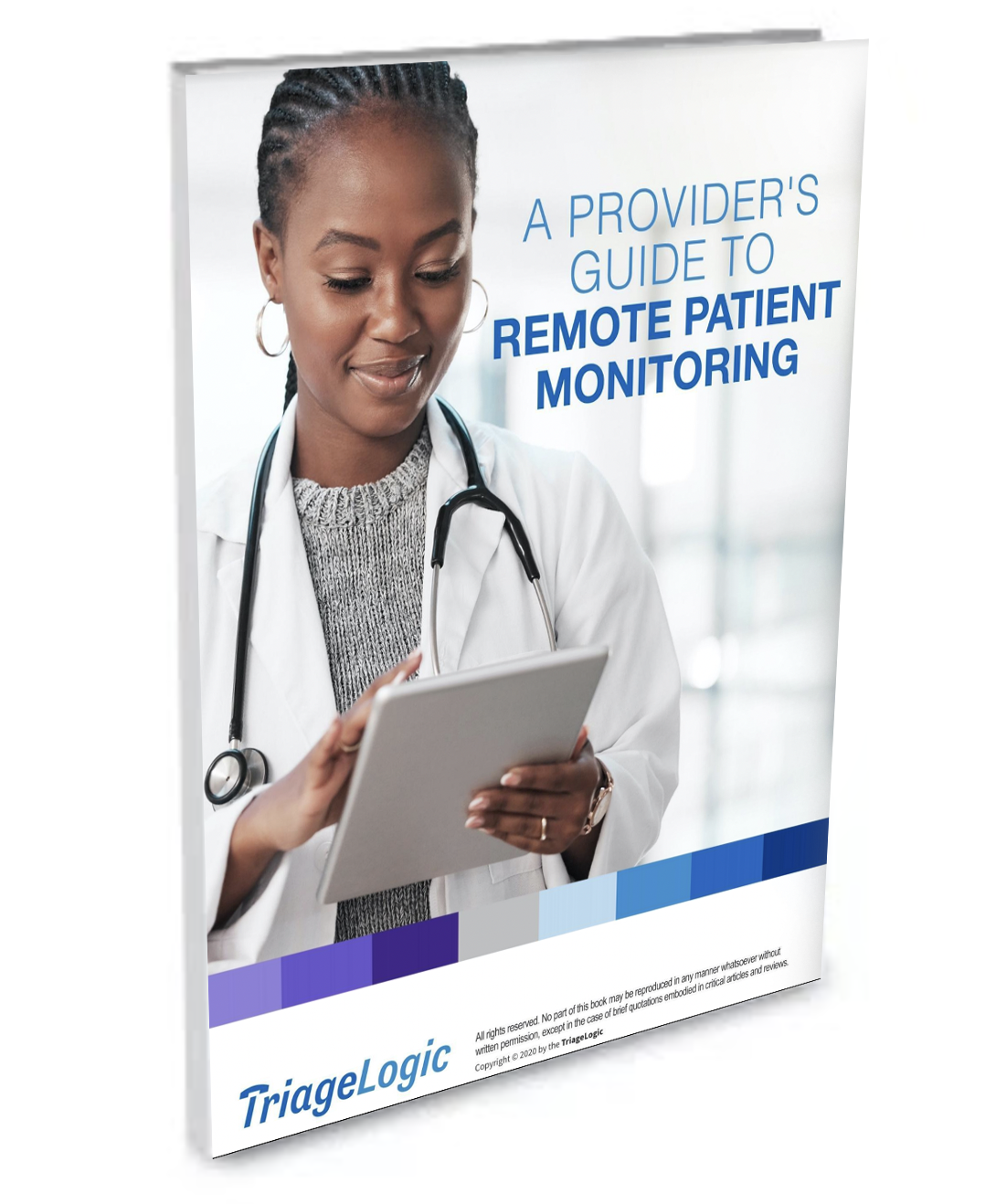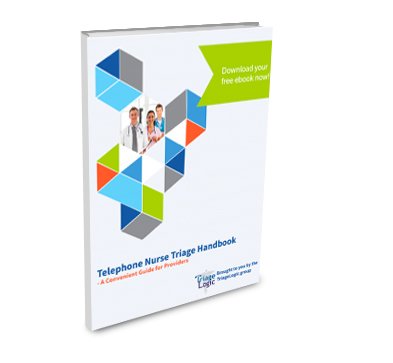Transforming Care Through Connected Innovation
Hospital administrators are often challenged to improve patient outcomes with limited staff and increased demands on care. One of the best ways for them to address this challenge head-on is through the application of remote patient monitoring. RPM’s wearable sensors, cloud technology, and telehealth integration can revolutionize how hospitals deliver care, predict health risks, and optimize staff efficiency.
As a leader in telehealth technology, TriageLogic can help hospitals like yours implement a secure, scalable RPM program that makes its services accessible and effective for both patients and care teams. Let’s talk about RPM’s beginnings, its current capabilities, and what changes could be expected in the years to come.
The Evolution of Remote Patient Monitoring
RPM began as a way to track chronic conditions like diabetes, hypertension, and heart failure. Today, it can be applied to anyone whose health would benefit from continuous, preventive care. Thanks to innovations in biosensors and mobile health apps, hospitals can now collect and analyze patient data in real time, whether patients are at home, at work, or traveling.
This holistic understanding of each patient’s health is also a big component of value-based care. Rather than react to negative health changes, RPM allows providers to anticipate and identify them. Early interventions can then reduce hospital readmissions, improve patient safety, and help administrators meet quality metrics.
For hospital systems that are balancing tight budgets and increased workloads, technology-driven remote patient monitoring offers a convenient, sustainable strategy for delivering care.
The Technologies Driving RPM Forward
Several key technologies are shaping how RPM is transforming care delivery and efficiency.
Wearable devices and biosensors can track a wide range of vitals in real time, including heart rate, oxygen levels, sleep quality, and blood glucose. These data points create a continuous flow of information, allowing providers to monitor health trends rather than isolated snapshots.
Artificial intelligence (AI) and predictive analytics can be used to detect subtle changes or anomalies in patient data and alert care teams before those changes become emergencies.
Cloud-based platforms allow hospitals to store, share, and analyze massive amounts of patient data securely. When that data can be shared directly with electronic health records (EHRs), RPM platforms give providers a unified, HIPAA-compliant view of each patient’s health status.
Mobile health apps make it easier for patients to stay engaged with their own care. With intuitive dashboards and reminders, patients can track their progress and stay connected with their providers.
These innovations form the foundation of a more responsive, efficient, and connected healthcare system.
How Technology Improves Hospital Operations
While RPM technology enhances care quality, it also delivers substantial benefits for healthcare operations. Administrators often see measurable results in the form of:
- Fewer readmissions thanks to early interventions.
- Reduced operating costs from managing noncritical patients remotely rather than in hospital beds.
- Smarter resource allocation since nurses and doctors can focus their attention where it’s needed most.
- Improved compliance and reporting, as RPM automatically tracks and documents patient engagement data.
These efficiencies — along with current billing codes and any anticipated updates — can offer a powerful return on investment for patient outcomes, as well as an active source of revenue generation for a hospital.
How Remote Patient Monitoring Improves Patient Outcomes
From the patient perspective, RPM represents a more personal and empowering approach to care. Patients who are living with chronic illnesses or recovering from procedures no longer need to rely solely on office visits for feedback. Instead, real-time monitoring provides immediate insights into their health and shares that information directly with their clinical teams.
Patients also report feeling more supported and less anxious when they know that their data is being monitored. For administrators who are focused on satisfaction and safety scores, these outcomes strengthen overall quality metrics.
Overcoming Implementation Concerns
Many hospital administrators may be hesitant to adopt RPM due to concerns about cost, integration, or data security. Fortunately, TriageLogic’s turnkey RPM program is designed to address these challenges directly.
- Data security is maintained through end-to-end encryption, HIPAA compliance, and role-based access controls to ensure patient privacy.
- EHR integration enables all RPM data to be accessible within existing workflows, eliminating the need for manual data entry or duplicate records.
- Comprehensive onboarding and training ensure that both staff and patients are comfortable using the system. This support model minimizes technology resistance and builds long-term confidence in adopting it.
- Triage nurses are available in our medical call center to review your RPM data daily, and can coordinate necessary interventions between your patients and providers.
By bridging the gap between technology and clinical care, TriageLogic helps hospitals deliver safer, faster, and more coordinated patient outcomes, all while reducing burdens on your administrative staff.
The Future of Remote Patient Monitoring
We see the next generation of RPM going beyond data collection. With advances in AI, machine learning, and predictive modeling, healthcare systems will gain the ability to forecast patient health complications before they happen.
Additionally, interoperability standards will likely make it easier for hospitals to connect multiple systems — from EHRs to telehealth platforms — into a single, unified patient view.
The future of healthcare is proactive, patient-centered, and technology-driven, and RPM is leading that evolution.
Modernizing Care With TriageLogic
For hospital administrators, investing in remote patient monitoring is a smart, sustainable approach to healthcare delivery.
TriageLogic’s RPM program empowers hospitals to extend care beyond traditional boundaries, strengthen patient relationships, and meet performance goals tied to value-based care.
If your organization is ready to explore how our turnkey solution can improve patient outcomes, streamline operations, and enhance efficiency, we want to hear from you! Reach out to schedule a free consultation and demo, and see how to modernize your care through a secure, connected, patient-focused solution.
About TriageLogic
TriageLogic is a URAC-accredited, physician-led provider of top-quality nurse telehealth technology, remote patient monitoring, and medical call center solutions. Founded in 2006, the TriageLogic Group now serves more than 22,000 physicians and covers over 42 million lives nationwide.





